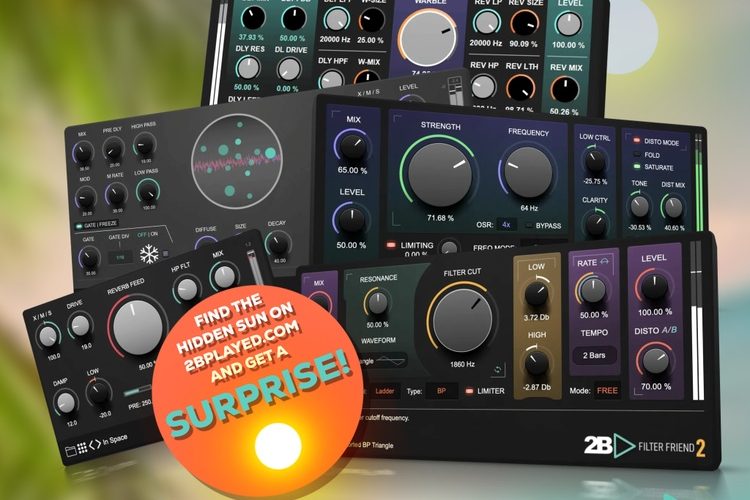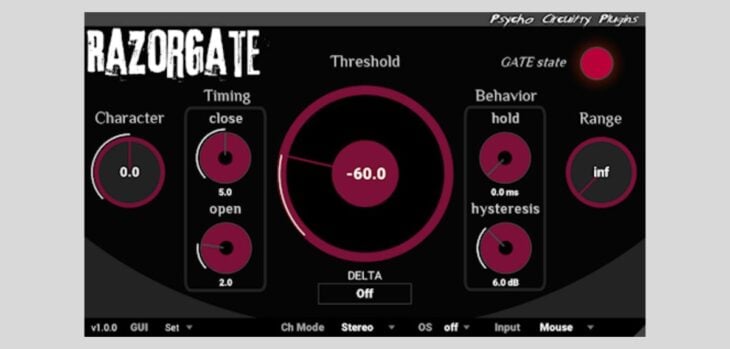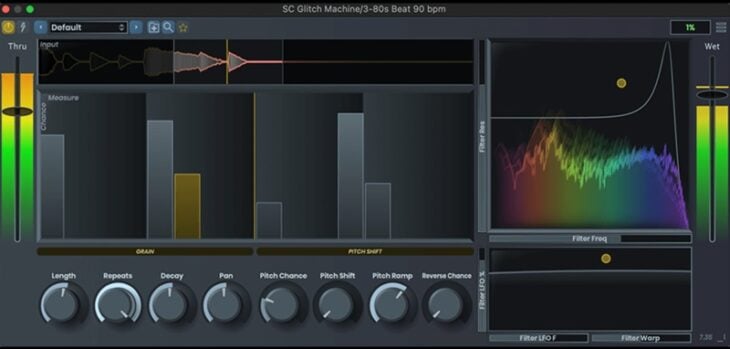The Best Pro Audio Equipment: A Quick Shopping Guide
Are you a musician aspiring to record your music in your house? Are you perhaps a voice actor trying to work from home? Or are you a hobbyist who desires a good audio rig just to have the best sound possible? Whomever you are and whatever your intentions are, it’s essential to know how to …
The post The Best Pro Audio Equipment: A Quick Shopping Guide appeared first on Beat Production.

https://beatproduction.net/
Are you a musician aspiring to record your music in your house? Are you perhaps a voice actor trying to work from home? Or are you a hobbyist who desires a good audio rig just to have the best sound possible? Whomever you are and whatever your intentions are, it’s essential to know how to shop for the best pro audio equipment for you.
While there are multiple types of audio equipment you’ll need, this post will only discuss three: active studio monitors, microphones, and audio cables. They’re bare necessities. The choices are limited to those as conferring all the equipment you need may require a discussion to great lengths (even for a quick shopping guide).
If you’re ready to know how to get the best pro audio equipment for you, proceed to the next section.
Active Studio Monitors
Finding the best active studio monitors for you can be highly challenging as there are multiple factors to consider. Those factors are your budget, your studio’s acoustics, the size of your studio, and even the type of music you produce.
Choosing the ill-suited monitor for your studio may result in a discrepancy between the sound you hear and the sound that gets recorded or rendered into your mix. For example, a song may sound good while monitoring or listening to the band or musician in your studio. Still, the music sounds different when you listen to the recorded mix using your phone or your living room’s sound system.
However, while some factors may change the characteristics of the correct active studio monitor, some features should be present in the monitor setup you’ll have.
- Get speakers with a flat frequency response. Your speaker shouldn’t alter the signals coming from the instruments and audio equipment in any way or form.
- Get at least two speakers to have a stereo image. It’s rare to have mixed downs recorded in mono nowadays. An alternative is to buy a single wide speaker (a monitor with two built-in speakers).
- Get speakers with high-quality drivers. Drivers are the part of the speakers that produce sound. Typically, a decent speaker should have three drivers: woofer for lows, tweeter for highs, and middle for mid-range.
Professional Microphones
There are multiple types of professional microphones in the market. Each class can behave differently when picking up sound and generating signals that’ll be used for sound mastering and mixing. Some of the most popular types of professional microphones in the market are the following:
Condenser Mic
A classic favorite among professional studio owners and hobbyists. It’s ideal for low-noise studios with excellent acoustics. They’re commonly very sensitive and may pick up quiet sounds, including reflections. Because of those qualities, it’s the perfect mic for low-signal instruments (or comparably quieter) like vocals, violins, and guitars.
Dynamic Mic
You’ll often see dynamic mics in live settings, but they’re also often used in studios. They’re less sensitive than condensers, which allows them to be used in the middle of a noisy crowd or on stage. In a studio setting, they’re primarily used to pick up sounds for percussions, brass, amplifiers, and other loud instruments.
Ribbon Mic
Regarding technical specs, it’s mainly similar to condensers. The thing that separates them apart is that ribbon mics often add a vintage feel and warmth to the audio signal. It’s sought after by voiceover artists who deal with narration work and vocalists who sing in particular genres.
Professional Audio Cables
Audio cables connect instruments, mics, amplifiers, audio interfaces, and other audio devices inside a studio. Because of how audio signals and wires work, they become prone to interference, noise, and distortion as they travel through cables. High-quality audio cables are necessary when recording or playing in a professional setting.
Note that you shouldn’t buy audio cables just because they’re labeled for professional use. Know that these cables may have restrictions and characteristics that may not be ideal for how you’ll use them. Some of those qualities are the following:
- Shielded: All your audio cables must be shielded to prevent humming and interference. The only time you’ll get an unshielded cable is when you use them for switches (e.g., for turning on and off effects in some pre-amps)
- Unbalanced: These cables often have two wires in them. With shielding alone, it can transfer audio signals without noise. Yet an unbalanced line shouldn’t exceed 25 feet in length. If they do, interferences may happen.
- Balanced: If you need a cable with a length exceeding 25 feet, get a balanced cable. Unlike unbalanced cables, balanced cables have a third wire that helps cancel noise signals that the cable may pick up.
Conclusion
Those are the bare necessities you need to get started on whatever audio-related project you have. Make sure to take notes of the things mentioned in this post, make a printed copy, or open this page on your phone when you shop to ensure you get the best pro audio equipment for you.
The post The Best Pro Audio Equipment: A Quick Shopping Guide appeared first on Beat Production.
This is a syndicated post. To read more, click the source link above.




